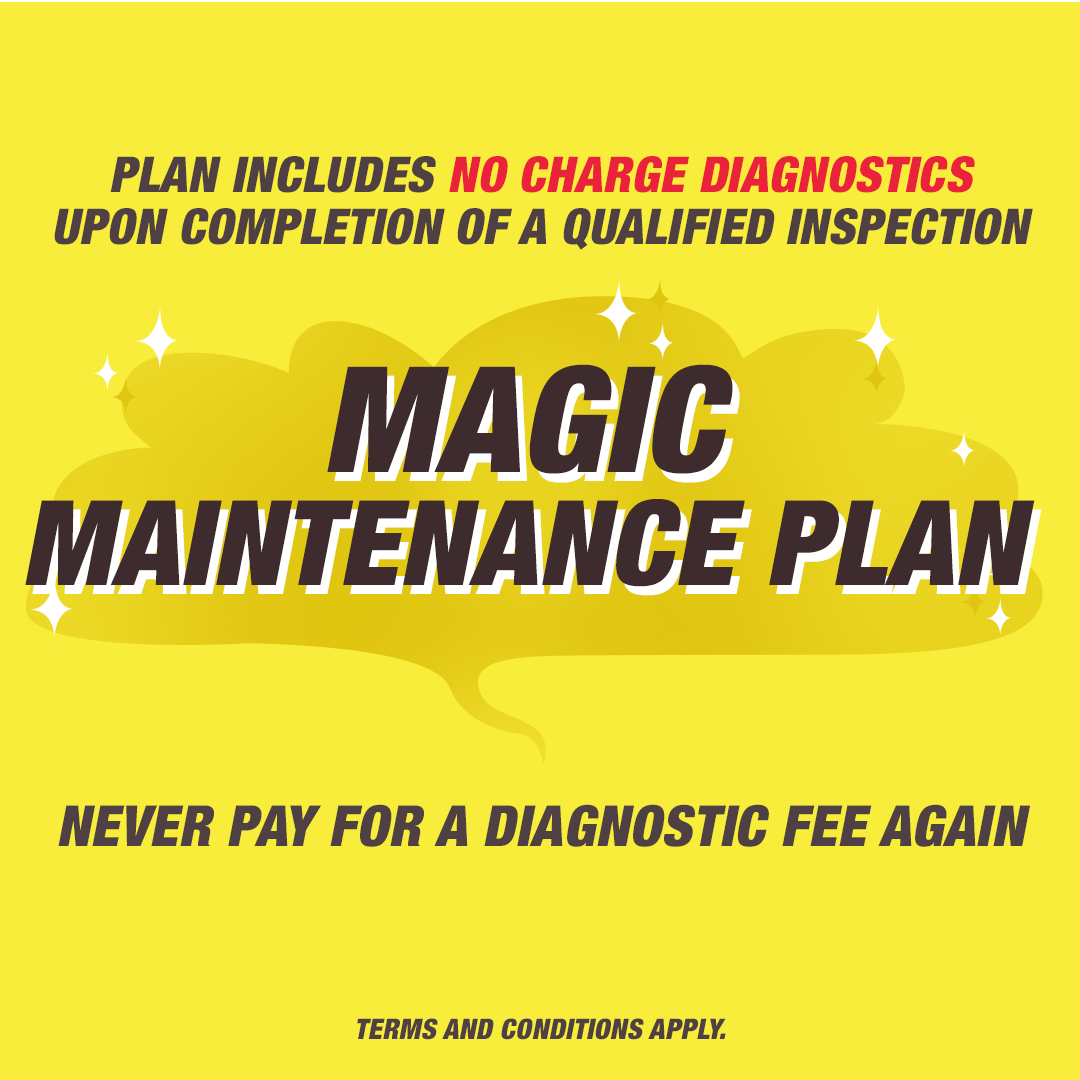FAQs
- Is there anything I can do to remove the dust in my house or improve air quality?
- Is there anything I can do to improve my existing 20 year old furnace?
- I heard the refrigerant used in my air conditioner will no longer be available, is this true? Should I be concerned about being able to get this refrigerant?
- How often should I change my humidifier pad?
- How do I know if my furnace is leaking carbon monoxide?
- What is all this talk about chimney liners? What is it and do I need one?
- I heard natural gas prices have gone up, how do I know how efficient my furnace is?
-
Q: Is there anything I can do to remove the dust in my house or improve air quality?
A: You can have your duct work cleaned, add one of our media or electronic air cleaners to your system, or a new Air Wash system. The Air Wash system takes air purification to a whole new level. The Air Wash cleanses your air by passing it through a three stage filtering process. Stage 1: Washable Foam Pre-filter (2500HV & 4000HV) Removes large particulates. Stage 2: HEPA filter 99.97% efficient @ 0.3 microns. Removes dust, pollen, bacteria, animal dander, attached viruses, cigarette smoke, and more. Stage 3: V.O.C. filter Removes hazardous chemicals from things such as cleaners, paints, solvents, carpets, furniture and other items containing synthetic materials.
-
Q: Is there anything I can do to improve my existing 20 year old furnace?
A: Not really. Add-on energy saving components are usually a sales gimmick in reference to older equipment and in some cases can cost 25-50% the price of a new system. If you want to address fuel efficiency and safety, then you should consider upgrading your heating system to a new product that is designed and certified to do so, along with the manufacturers and underwriting authorities.
-
Q: I heard the refrigerant used in my air conditioner will no longer be available, is this true? Should I be concerned about being able to get this refrigerant?
A: Most existing units use refrigerant #22 (R-22). The current schedule mandated by the federal government terminated the production of new refrigeration equipment pre-charged with (R-22) in 2010. Due to a technicality, production of (R-22) units is still permitted, but these units cannot be pre-charged with (R-22) at the assembling facility. Refrigerant for these systems must be purchased separately and charged at the installation site. Containers of virgin (R-22) will continue to be manufactured until 2020 and remanufactured (R-22) will be available at least ten years after 2020. Due to the sharply rising costs of (R-22) and the negative impact this refrigerant has on the environment, it is strongly recommended that new system purchases operate on (R-410a).
(R-410a), sometimes referred to as PURON, is the replacement refrigerant for (R-22). (R-410a) has become commonplace in the air conditioning market today and is strongly recommended as the refrigerant of choice based on price, availability in the future, and environmental impact.
-
Q: How often should I change my humidifier pad?
A: Usually after 1 season of operation, the pad will be coated with mineral deposits and should be replaced. In some areas where the water has a high mineral content, the pad should be inspected monthly until a replacement schedule can be determined. With well water it is not uncommon to replace the pad monthly.
-
Q: How do I know if my furnace is leaking carbon monoxide?
A: A high quality carbon monoxide monitor/alarm should be installed in your home in accordance with the manufacturer’s instructions. A good location is in a bedroom. This way you are monitoring the condition of the air while you are sleeping. If you notice an unusual amount of condensation on your windows or are experiencing headaches or nausea, it could be an indication of high carbon monoxide levels. It’s a good idea to have a qualified furnace technician perform an annual safety check and tune-up on your furnace. The technician will determine if there are any leaks or other problems with your system. Remember, carbon monoxide affects people differently. Out of a family of 5, only 1 person may experience the ill effects.
-
Q: What is all this talk about chimney liners? What is it and do I need one?
A: Chimney liners are flexible aluminum or stainless steel tubes that are installed on the inside of a masonry chimney that are used to vent a furnace and hot water heater. Due to the fact that new furnaces are more efficient, the flue gas temperatures are much cooler than the older 50%-70% efficient furnaces. These cooler fumes release water inside an unlined masonry chimney. This water then freezes and thaws within the chimney causing it to fall apart. The liner heats up rapidly not allowing the flue gases to cool and release moisture within the chimney. The liner may need an insulation sleeve depending on the BTU output of the appliances connected to it and/or if the chimney is on an outside wall of the home. If your existing chimney has deteriorated mortar joints or brick, you should strongly consider installing a liner before the damage is severe. If you have a new furnace installed, a chimney liner for a masonry chimney is a mandatory item required by code (based on Michigan codes-you should check your municipality for local codes and requirements).
-
Q: I heard natural gas prices have gone up, how do I know how efficient my furnace is?
A: Basically, if your existing furnace is more than 15 years old, it is most likely no more than 75% efficient at best. Older models use even more gas. Replacing it with a more efficient furnace not only saves you money on your gas bill, it also gives you peace of mind on those cold winter nights.





